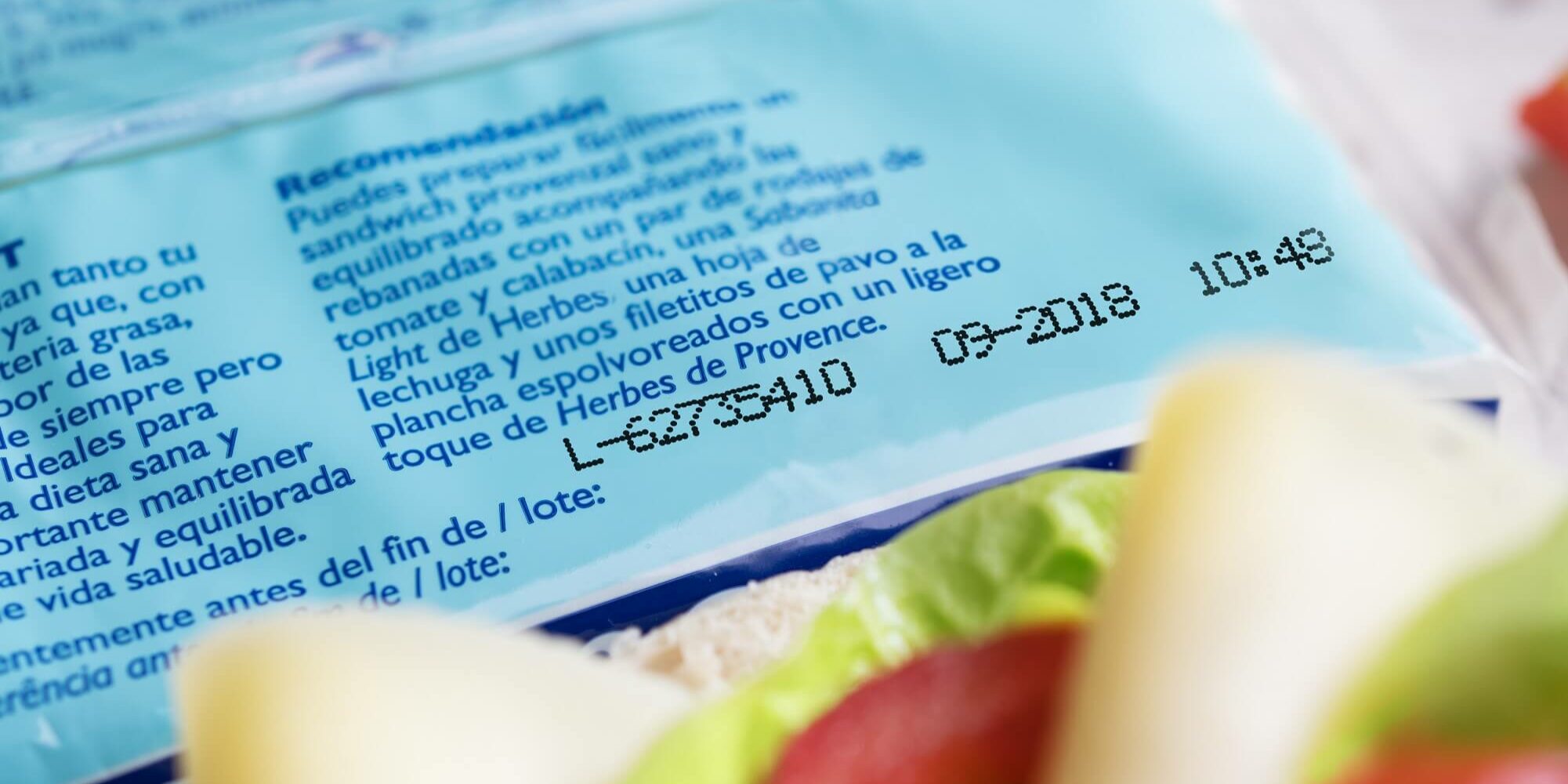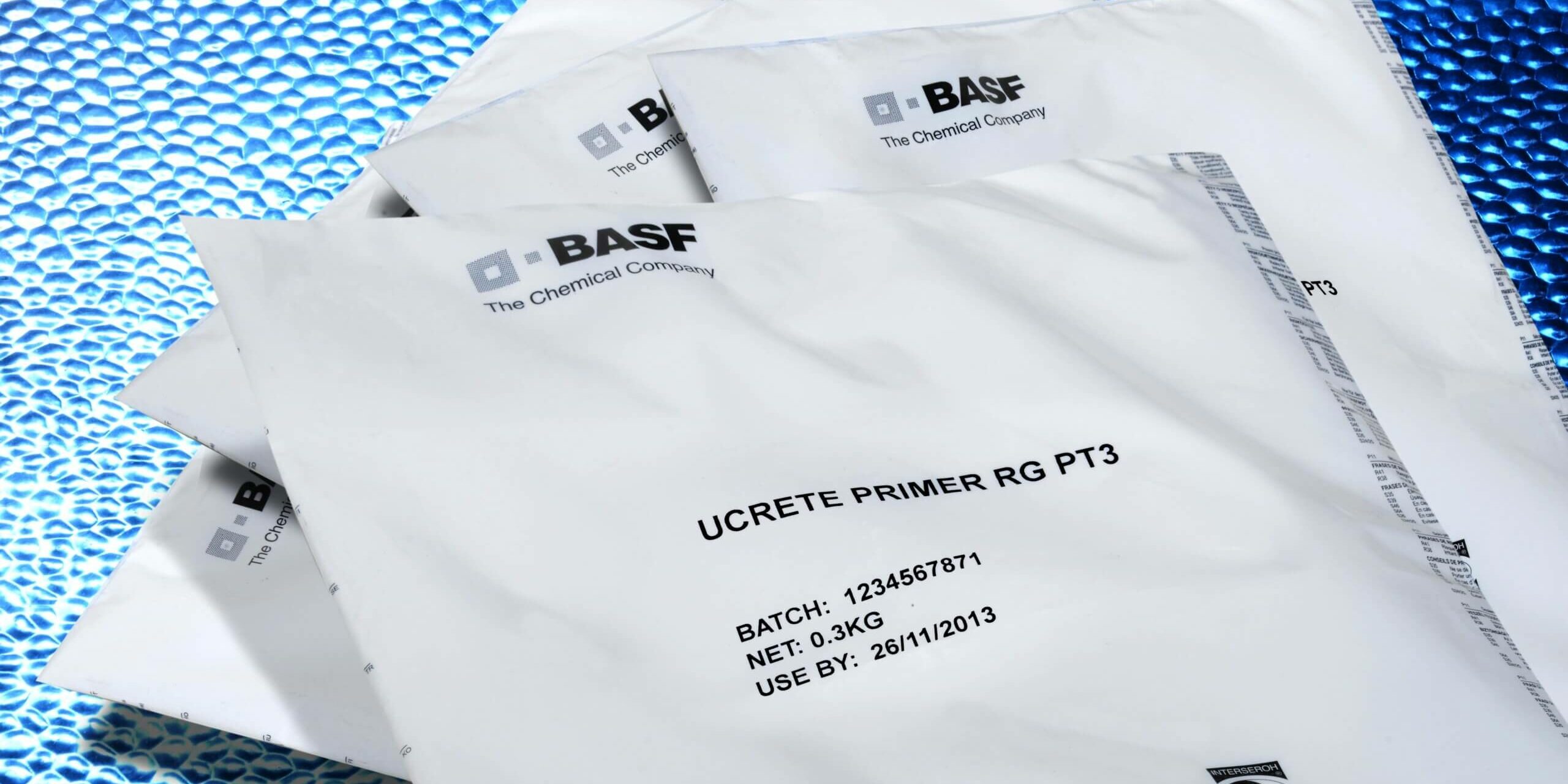Print instead of burn
Before
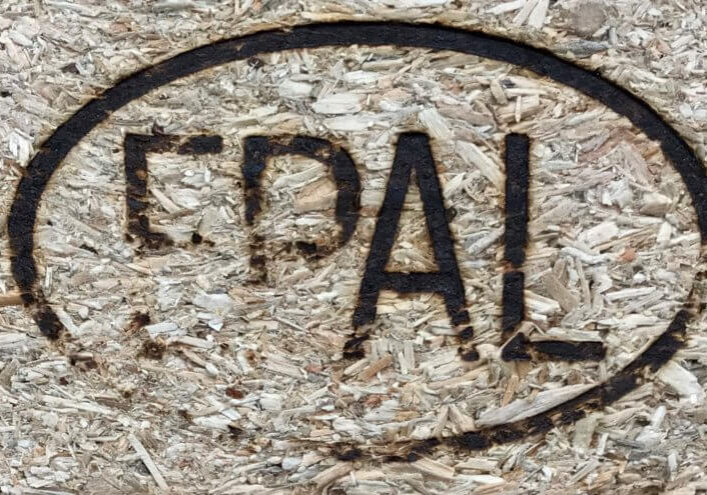
After
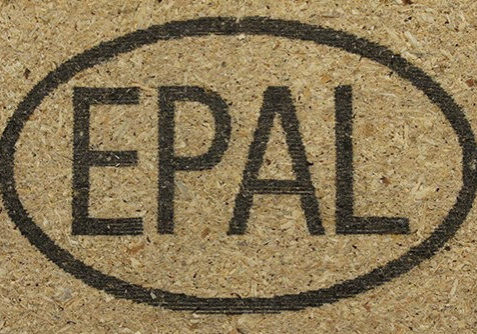
Pallets as load carriers are used to transport many products stacked (e.g. cartons) or heavy, bulky products safely. The aids significantly facilitate the transport of heavy loads.
There are two distinctions in pallet labeling: The transport label (e.g. GS1), which is often applied directly to the enclosing packaging film, and the marking of the pallet itself.
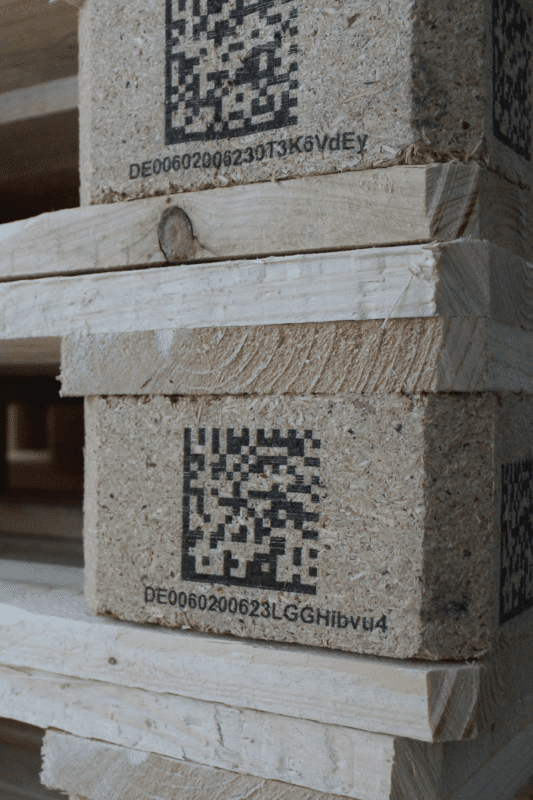
The marking by the label serves thereby the organization, traceability and security of the commodity. The marking of the pallet itself serves to assign it to a specific production regulation with certain quality criteria (e.g. EPAL).
Many pallet manufacturers mark their pallets with branding marks. This results in high costs and inflexible workflows. The pallet industry is therefore increasingly using large character inkjet printers. Large character coders from Diagraph reduce costs and score with numerous advantages: The print image can be changed in seconds, and the flexibility increases speed and productivity at the same time. Make an appointment and digitize pallet labeling via inkjet printer.
Different types of pallets
The term pallets initially represents the short form for the term transport pallets. They are counted among the load carriers. Their use is for the safest possible transport as well as for the storage of stackable goods. Among the common types are differentiated lattice box pallets, tank pallets or flat pallets. With regard to the material, wood, pressed wood, plastic or cardboard are used. If we look at the shipping of goods, the wooden pallet dominates there due to its robustness and versatility.
Furthermore, a distinction can be made between disposable and reusable pallets. For the one-time transport of a good, the one-way variant is used. Reusable pallets, on the other hand, are used several times, and their production is carried out according to a firmly defined standard. Here, the Europlate dominates, it has the highest level of use and awareness. Euro pallets are internationally exchangeable, durable, very resilient and approved for export. In addition, the Euro pallet allows the use of lifting and conveying equipment.
Marking pallets: Use cases in the industry
In the fields of storage, transport and logistics, pallet labeling is an elementary component of daily processes. Modern industries need precise and reliable industrial printers to mark large quantities of pallets to specification in a time-saving manner.
To be mentioned are:
Regulations and signs
Pallets can be marked with different information such as logos, logos, data, codes and text. Pallet identifiers such as IPPC or EPAL are applied using a large character coder, while the GS1 transport label is applied using a labeler. In order to be allowed to carry the corresponding logo such as IPPC and EPAL, the respective rules and regulations must be observed.
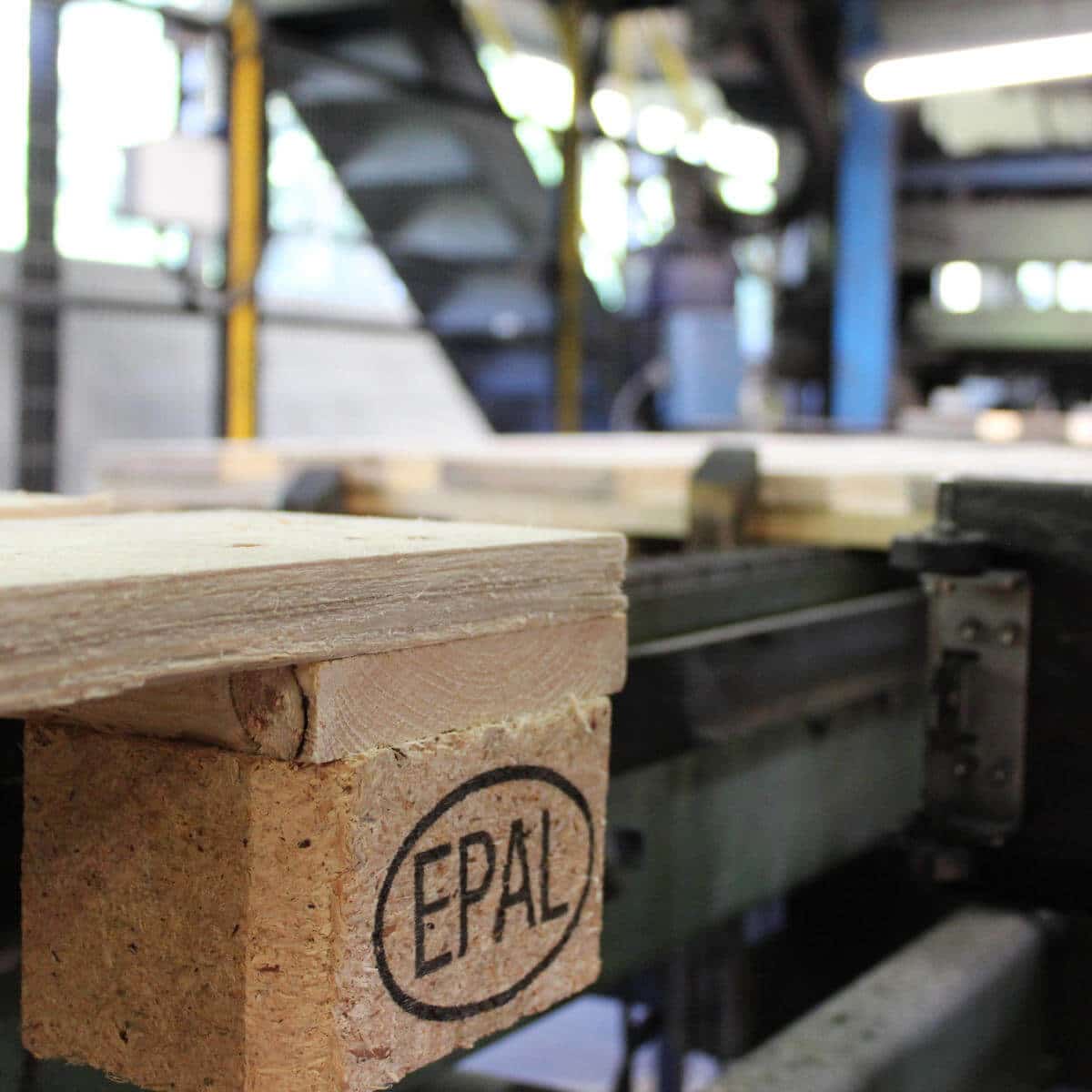
Euro pallet (EPAL1)
| Features | Value |
|---|---|
| Boards | 11 |
| Nails | 78 |
| Blocks | 09 |
| Length | 800 mm |
| Height | 144 mm |
| Weight | about 25 Kg |
| Load-bearing capacity | 1500 Kg |
Possibilities and distinctions of pallet marking
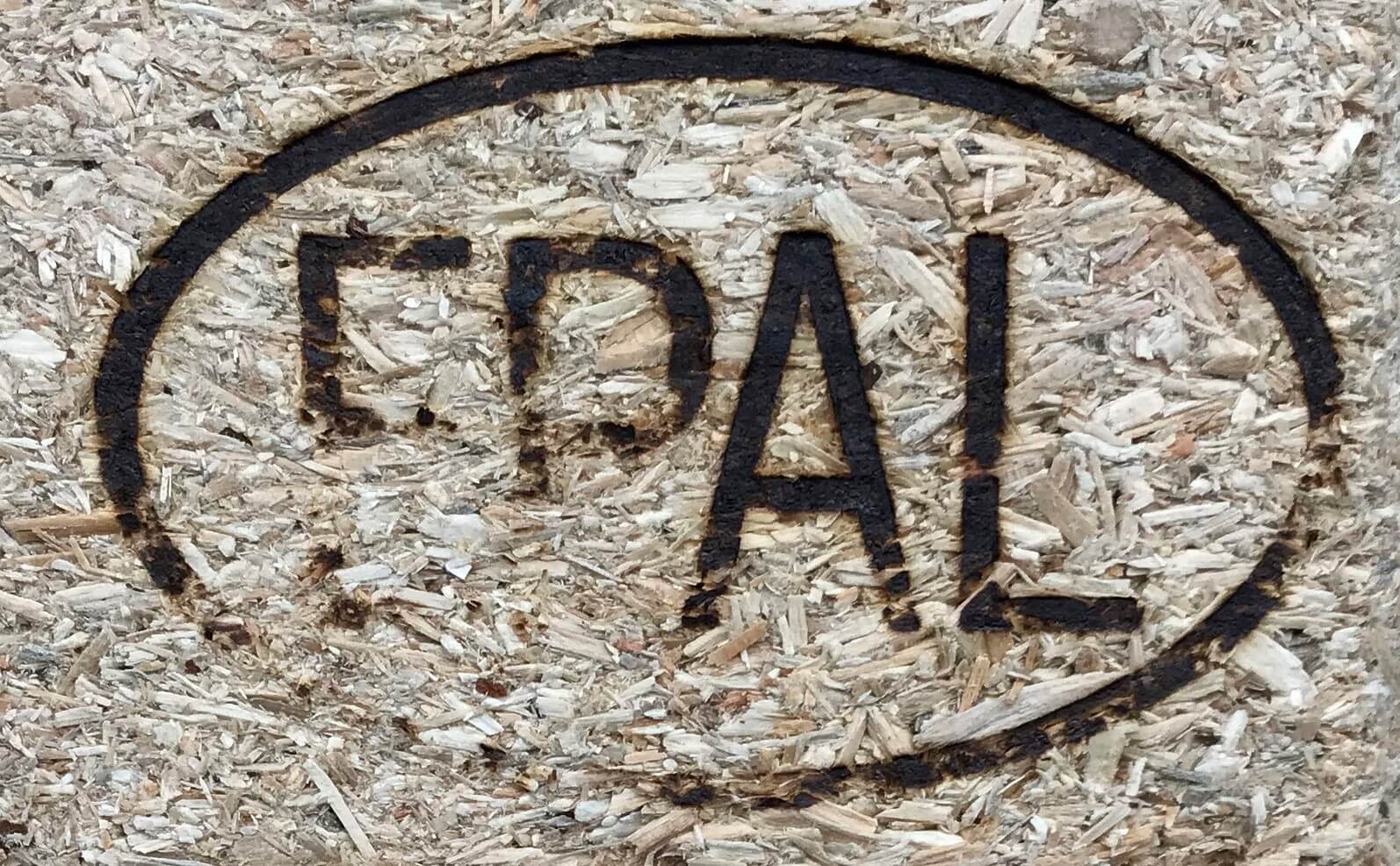
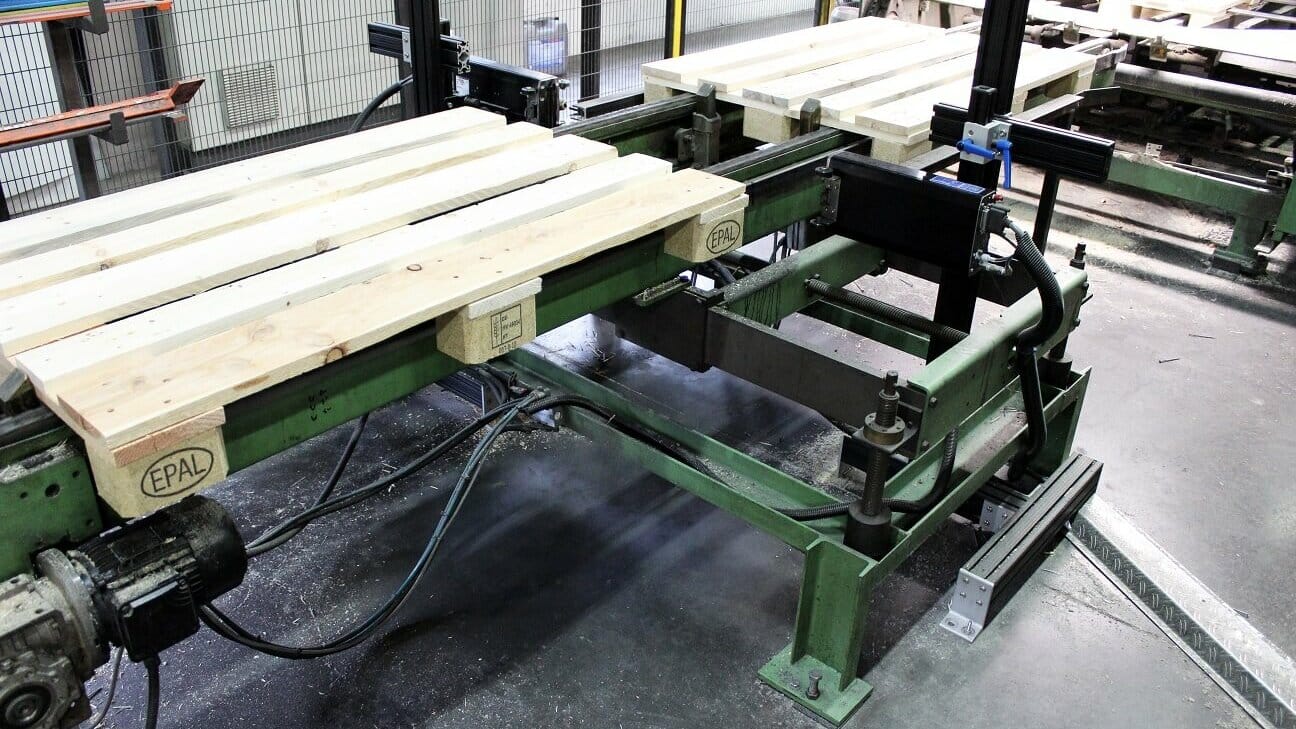
Pallet marking in use
See our pallet printer in use
Replace branding iron and print pallets
In the marking of EPAL pallets, speed and maximum precision are essential in an environment that is not suitable for most conventional printers.
The IJ4000 masters this task to perfection, as you can see in this video.
Advantages of pallet printing over branding
Direct printing on pallets has numerous advantages over conventional branding irons in terms of speed, quality, operation and cost/benefit ratio. Modern technology in pallet labeling is therefore an essential part of economic activity.
In the marking of pallets, speed and maximum precision are decisive factors for efficient processes. It should be noted that the pallet marking operations are realized in a demanding environment. Many printers are not optimally suited for this. We therefore offer custom-fit commercial solutions in the form of our high-performance large character printers.
Digital solutions for marking pallets
Diagraph makes it possible for any pallet manufacturer to digitize their labeling.
After all, as experts in industrial printers, we are familiar with the practical problems involved in pallet labeling. We solve this challenge with a complete pallet printing package certified by EPAL.
The IJ4000 masters all relevant tasks to perfection. Standard applications for the IJ4000 also include printing on cartons. This is where the device really comes into its own: It marks the materials at high speed with product data, codes and logos in the highest quality. Replace outdated branding with a superior system that gives you the best printing results cost-effectively. With one device you can fulfill all customer requirements regarding pallet labeling.
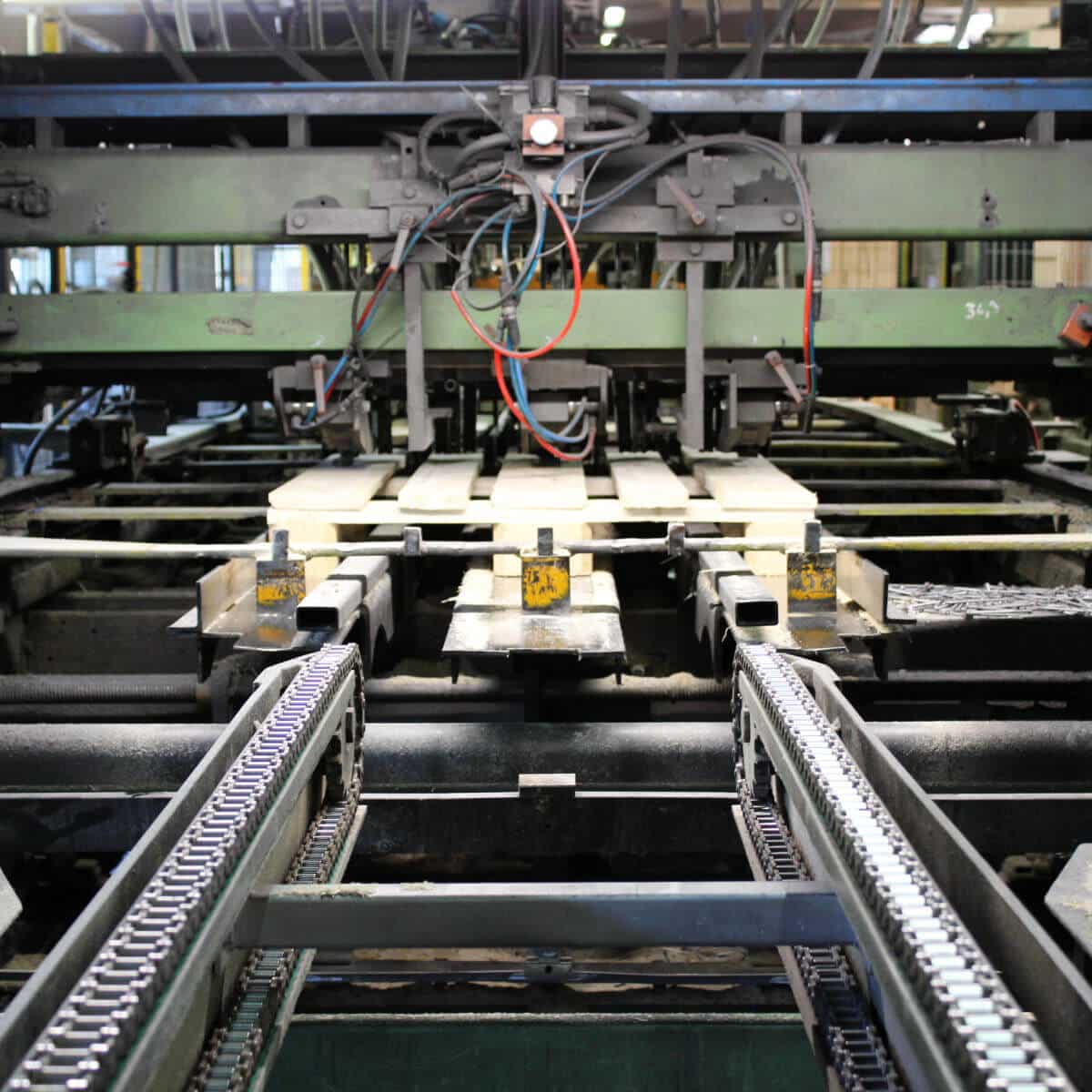
Then the Diagraph IJ4000 is just right for you!
What our customers say
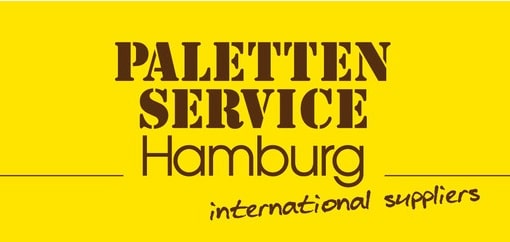
In the past, the labeling on our pallets was often poorly legible and we had a lot of waste.
Since we started using Diagraph printers, every pallet gets a perfect print image and we have been able to reduce our costs in labeling by 50%.
Ingo Mönke, Chairman of the Board PALETTEN-SERVICE Hamburg AG
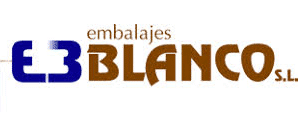
The production process has improved significantly:
Increased production, higher quality, zero waste and avoidance of downtime during job changes,
as these are now immediate, safe and reliable.
Pablo Blanco, Managing Director of Embalajes Blanco, Murillo de Río Leza, Spain
The printer for pallet marking
EPAL certified marking system for pallets
Three steps to perfect labeling


Contact us


Find a solution
You get a complete solution tailored to your needs, comprising labeling systems, software, networking and consumables.


Enjoy
You can work comfortably –
your system is running smoothly.
FAQ
Do you have further questions? Here you can find more details.
What are the regulations for pallet labeling?
A selection of the requirements for the use of pallets reflect the marks and seals described above, such as IPPC and EPAL. They define regulations for safe pallets in the context of international use.
What options do I have to mark pallets?
For which industries can the pallets be marked?
Coding made simple
We are the experts in our field.
We always think one step ahead and solve problems before they arise to make it as easy as possible for our customers to reliably mark their products.
With us, every customer directly reaches a contact person who takes care of their concerns, asks the right questions and thus finds the right answer.
So that everything is simple and straightforward for our customers.
About 125 years
Experience
DIN ISO 9001
Certificate
EPAL
Certificate
Patented
Developments
Own
Production






